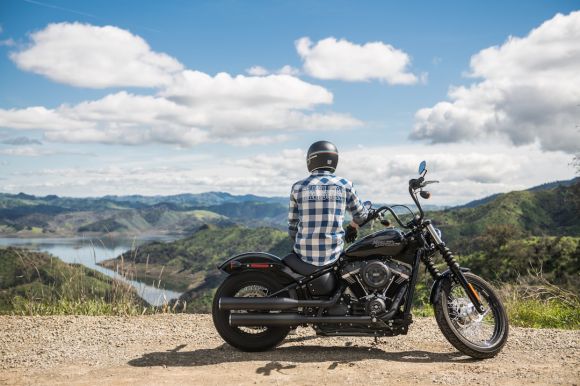Getting a motorcycle license is an exciting step for anyone who wants to experience the freedom and thrill of riding on two wheels. However, it is important for new riders to understand the process and requirements involved in obtaining a motorcycle license. In this article, we will guide you through the steps and provide helpful tips for new riders looking to get their motorcycle license.
Understanding Motorcycle License Classes
Before diving into the licensing process, it is essential to understand the different classes of motorcycle licenses. In most countries, there are typically three main classes: Class M1, Class M2, and Class M3.
– Class M1: This is the most common motorcycle license class and allows riders to operate any type of motorcycle or motorized scooter.
– Class M2: This class is for riders who want to operate motorized scooters and mopeds only.
– Class M3: This class is for three-wheeled motorcycles or trikes.
Requirements for Obtaining a Motorcycle License
To obtain a motorcycle license, there are several requirements that new riders must meet. These requirements may vary depending on your location, so it is important to check with your local licensing authority for specific details. However, some common requirements include:
1. Age: Most countries have a minimum age requirement for obtaining a motorcycle license. Typically, this age is around 16 or 18 years old. However, some countries may have different age requirements for each license class.
2. Written Exam: New riders are usually required to pass a written exam that tests their knowledge of motorcycle rules, regulations, and safety practices. Study materials and practice tests are often available online to help prepare for this exam.
3. Motorcycle Training Course: Many countries require new riders to complete a motorcycle training course before obtaining a license. These courses provide valuable instruction on riding techniques, safety practices, and traffic laws. They often include both classroom instruction and practical riding exercises.
4. Riding Skills Test: In addition to the written exam, new riders may need to pass a riding skills test. This test assesses the rider’s ability to handle the motorcycle safely and effectively. It typically includes tasks such as starting and stopping, turning, and maneuvering through various obstacles.
Tips for New Riders
Obtaining a motorcycle license is just the first step in becoming a skilled and responsible rider. Here are some tips to help new riders get started on the right foot:
1. Practice, Practice, Practice: Like any skill, riding a motorcycle requires practice. Spend time riding in different conditions, such as on highways, in traffic, and on various road surfaces. This will help build your confidence and improve your riding skills.
2. Invest in Quality Safety Gear: Safety should be a top priority for new riders. Invest in high-quality safety gear, including a helmet, riding jacket, gloves, and boots. These items can provide essential protection in the event of a crash or fall.
3. Ride within Your Limits: As a new rider, it is important to know and respect your limits. Avoid taking unnecessary risks and always ride at a pace that is comfortable for you. Gradually increase your riding skills and confidence over time.
4. Stay Alert and Defensive: Always stay alert and aware of your surroundings while riding. Be prepared for potential hazards and anticipate the actions of other road users. Adopt a defensive riding style to help minimize the risk of accidents.
Conclusion
Obtaining a motorcycle license is an exciting milestone for new riders. By understanding the different license classes, meeting the requirements, and following these tips, new riders can set themselves up for a safe and enjoyable riding experience. Remember, practice and continuous learning are key to becoming a skilled and confident rider. So, embrace the journey and enjoy the open road!
